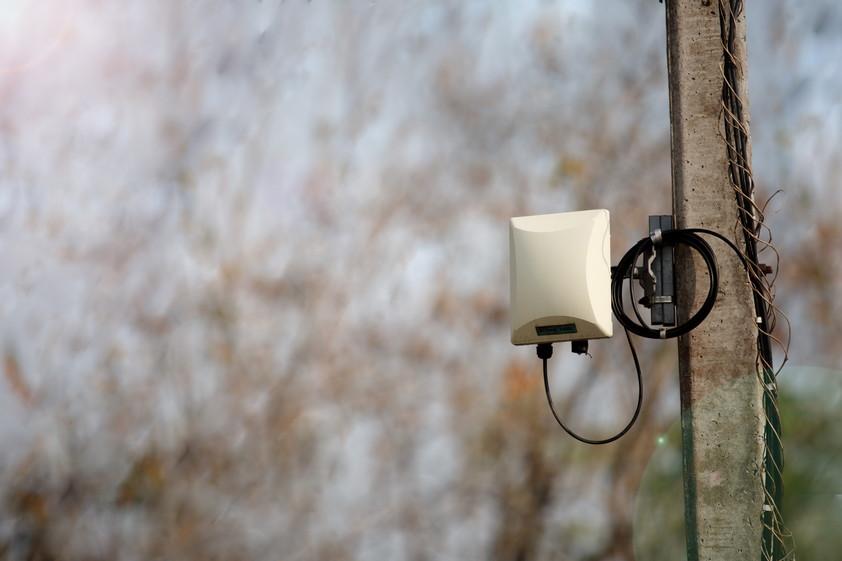Reasons why ``920 MHz band'' is used for LPWA of IoT wireless, and law revision for utilization
LPWA (Low Power Wide Area) connects IoT (Internet of Things) devices and gateways that connect to the Internet. The gateway sends the data collected from each device to the server. LPWA services can be broadly divided into two types, "private type" and "carrier type", depending on who prepares this gateway.
There are two types of service provision: "Private type" and "Carrier type" [Click image to enlarge]In the private type, the user who implements the IoT system installs a line and gateway that connects to the Internet, etc. Prepare by yourself. It is the same image as building a Wi-Fi network by installing a wireless LAN access point (AP) in a company.
As you can design your own network, you have a high degree of freedom in system design, but on the other hand, it takes time and effort to procure gateways and lines at the time of installation.
On the other hand, in the carrier type, the provider of the LPWA service (LPWA provider) lays a gateway (base station) that connects to the Internet. It is the same image as the mobile phone service. Users only need to prepare an LPWA-compatible IoT device and a server for data collection.
However, compared to the private type, the degree of freedom is lower, such as it cannot be used in areas where the LPWA operator has not installed a base station.
There are three main types of connection
There are three main types of connection between IoT devices and gateways using LPWA: "star type", "tree type", and "mesh type".
There are three types of network connection: "star", "tree", and "mesh"[Click image to enlarge]
In the star configuration, multiple IoT devices are directly connected to the gateway to transmit data. It's basically the same format as Wi-Fi and mobile phone services.
It is easy to centrally manage the control of communication paths and data transmission, but communication is not possible unless the radio waves emitted by the IoT device reach the gateway directly, and the communication speed becomes slower as the distance between the two increases. There are disadvantages such as
The tree type connects IoT devices and devices called "repeaters" like the branches of a tree, and transmits data to the gateway using a bucket brigade method. Even if the radio waves emitted by IoT devices do not reach the gateway, the communication range can be expanded by placing other IoT devices or repeaters in between.
However, the closer to the gateway, the greater the amount of data transmission. Since the required performance of the equipment changes depending on the location of the equipment, it is necessary to pay attention to the equipment layout.
In the mesh type, IoT devices and repeaters are connected like a mesh, and data is transmitted to the gateway using the bucket brigade method. As with the tree type, the communication range can be expanded by relaying data. Furthermore, there is an advantage that communication can be maintained via a detour route even if a relay device fails.
However, it is necessary to carefully consider the placement of the equipment, as with the tree type.